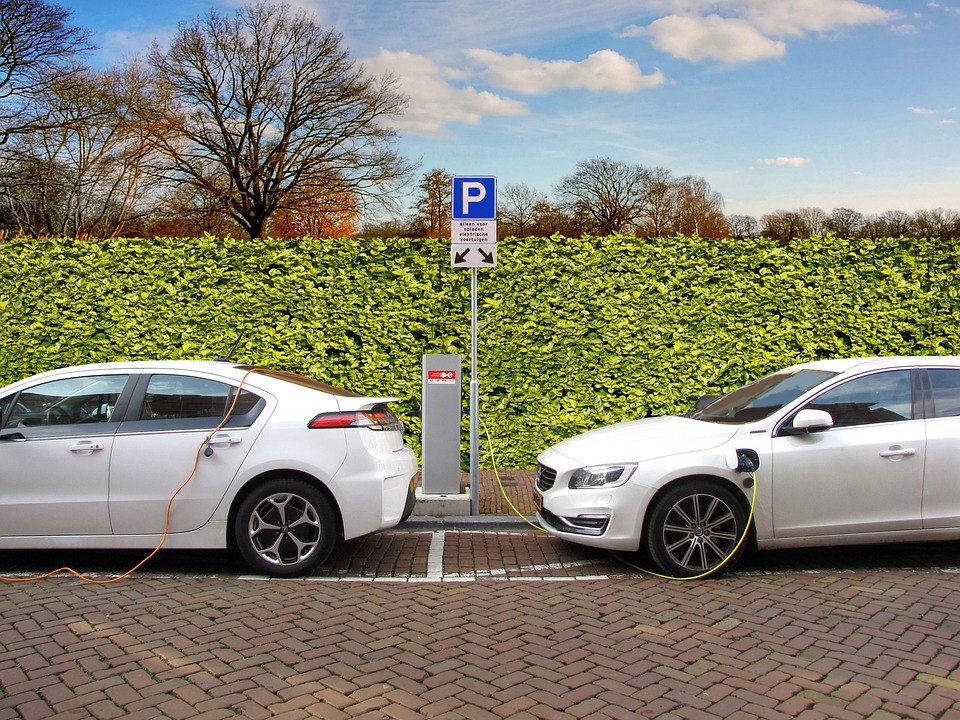An electric car, as its name suggests, is a type of vehicle that moves on the power of batteries rather than liquid fuels such as diesel or petrol. The concept is very old but has recently gained momentum due to factors such as the need for green cars, cheaper transportation, and sheer innovation.
Once noticed, the electric car looks like any other, but a closer examination of its powertrain and drive system will reveal a different set of components.
An electric vehicle is mainly composed of an electric motor, a controller and a set of batteries.
The electric motor moves the car just as the motor in the starter moves it. It is the main means by which a vehicle can move. The control unit is a group of devices that monitor and supply power to the motor.
The controller basically manages the acceleration; Less effort transmission as the driver releases their foot from the power, resulting in a lower vehicle speed. The control unit also ensures that as soon as the driver applies the brakes, acceleration is automatically reduced.
The controller acts as an on and off switch for the battery source. But it’s more than that. The driver may have different levels of acceleration and not just full or no acceleration. In these cases, the control unit will intelligently monitor pedal pressure and supply the necessary current accordingly.
The battery pack provides power for Moo to turn around to make the car move.
The electric car uses few mechanical systems, thus it is quiet and smooth in motion.




No comments! Be the first commenter?